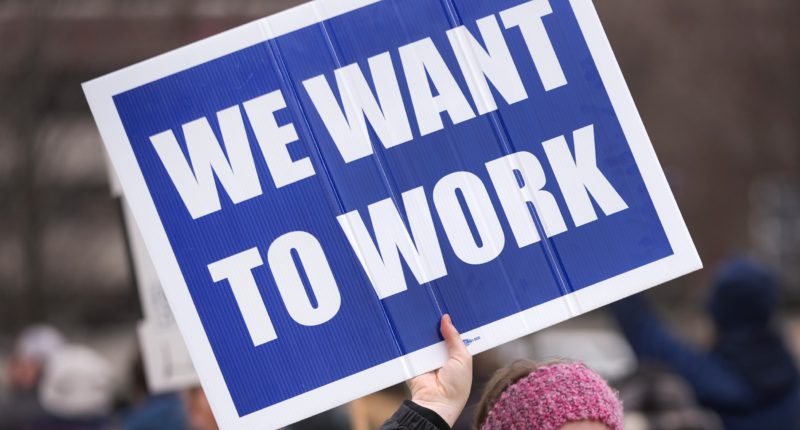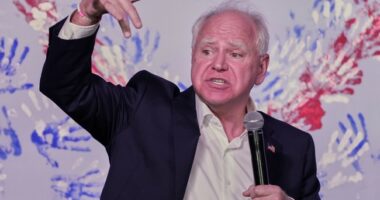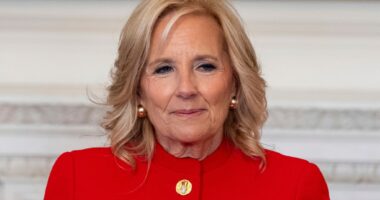Share this @internewscast.com
In June, U.S. employers increased their workforce by 147,000 jobs as the labor market in America displays remarkable stability amidst uncertainties surrounding President Donald Trump’s economic strategies. The unemployment rate slightly decreased to 4.1% from 4.2% in May, according to the Labor Department’s report on Thursday.
Hiring saw a slight rise from a revised figure of 144,000 in May, surpassing economists’ forecasts of fewer than 118,000 new jobs and an anticipated increase in the unemployment rate.
The U.S. job market has significantly slowed down from the booming period between 2021 and 2023 when the economy rebounded robustly from COVID-19 restrictions and employers were fervently seeking employees. This year, the average increase in jobs per month stands at 130,000, a decrease from 168,000 in 2024 and an average of 400,000 between 2021 and 2023.
But the June numbers were surprisingly strong. Healthcare jobs increased by 39,000. State governments added 47,000 workers and local governments 33,000. But the federal government lost 7,000, probably reflecting Trump’s hiring freeze. Manufacturers shed 7,000 jobs.
Labor Department revisions added 16,000 jobs to April and June payrolls. The number of unemployed people fell by 222,000.
Average hourly wages came in cooler than forecasters expected, rising 0.2% from May and 3.7% from a year earlier. The year-over-year number is inching closer to the 3.5% year-over-year number considered consistent with the Federal Reserve’s 2% inflation target.
The U.S. labor force – the count of those working and looking for work – fell by 130,000 last month following a 625,000 drop in May. Economists expect Trump’s immigration deportations – and the fear of them – to push foreign workers out of the labor force.
Hiring decelerated after the Fed raised its benchmark interest rate 11 times in 2022 and 2023. But the economy did not collapse, defying widespread predictions that the higher borrowing costs would cause a recession. Companies kept hiring, just at a more modest pace.
Employers are now contending with fallout from Trump’s policies, especially his aggressive use of import taxes – tariffs.
Mainstream economists say that tariffs raise prices for businesses and consumers alike and make the economy less efficient by reducing competition. They also invite retaliatory tariffs from other countries, hurting U.S. exporters.
The erratic way that Trump has rolled out his tariffs – announcing and then suspending them, then coming up with new ones – has left businesses bewildered.
The upside surprise in June payrolls likely will encourage the Fed to continue its wait-and-see policy of leaving rates unchanged until it has a better idea of how Trump’s tariffs and other policies will affect inflation and the job market. The Fed cut rates three times last year after inflation cooled but has turned cautious in 2025.
“Today’s results are more than positive enough to reduce expectations for Fed rate cuts in the wake of tariffs and policy chaos, at least for now,” Carl B. Weinberg, chief economist at High Frequency Economics, wrote in a commentary.
Copyright © 2025 by The Associated Press. All Rights Reserved.
















